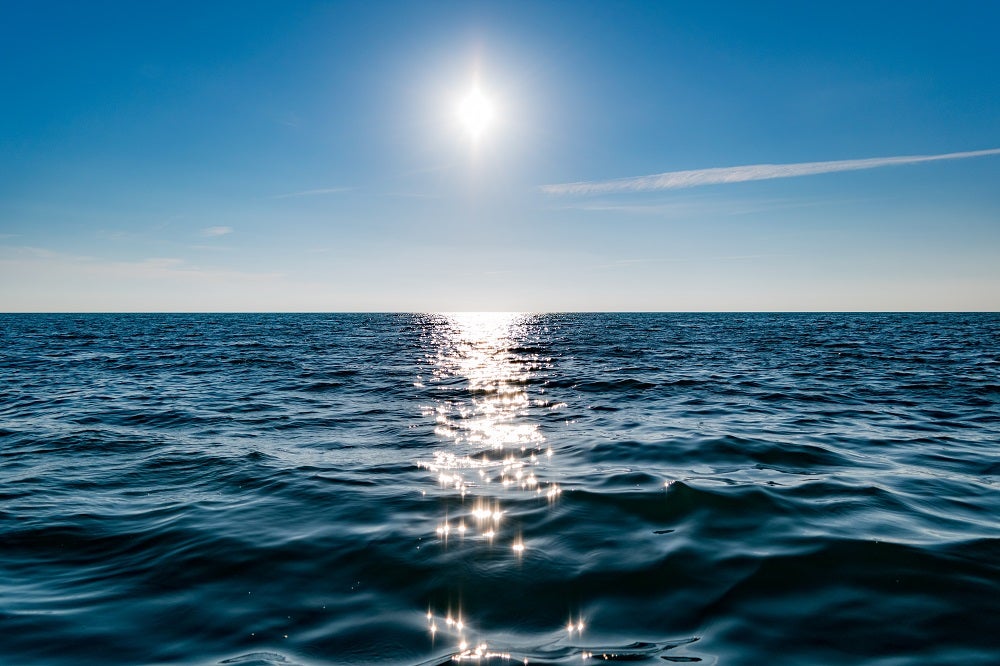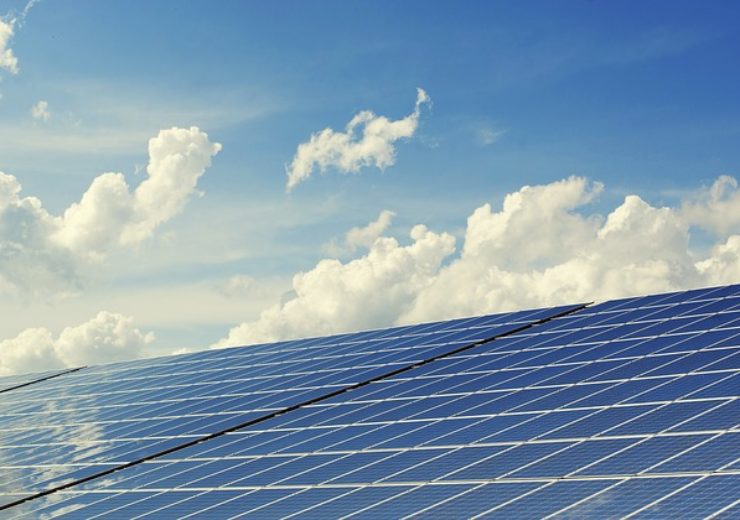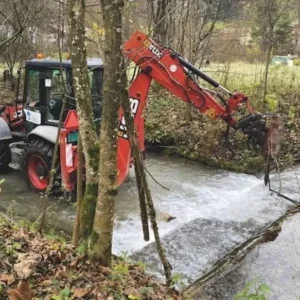
Solar energy has emerged as a key renewable power source in the transition to a cleaner, decarbonised economy, transforming sunlight into electricity without the need to burn fossil fuels.
For the technology to be effective, however, large structures of panels and arrays are necessary in order to capture enough solar energy.
This requires large amounts of space, and given the fact that around 70% of the world’s surface is covered by water, it is unsurprising that companies have sought to develop floating solar energy farms.
Of course, the turbulent oceans are not a suitable location for large solar arrays, but there are many reservoirs and lakes around the world that can provide the calmer waters needed to safely operate a fleet of floating solar energy farms.
Major floating solar energy farms across the world
Sungrow Huainan Solar Farm
Located outside Huainan city in China’s Anhui province, the Sungrow Huainan Solar Farm is considered to the world’s largest floating solar array.
With a capacity of 40 megawatts (MW), the floating solar farm was constructed in a subsided area of mining.
In May 2017, Sungrow announced the successful connection of the floating photovoltaic (PV) power plant with Sungrow’s PV inverters to the grid in Huainan, China.
Xinyi Solar’s floating solar farm in Huainan City
Connected to the grid in April 2016, Xinyi Solar’s 20MW floating solar power farm was built in Huainan City, Anhui Province.
It was constructed on the surface of a coal mining subsidence area where solar modules were installed on floating bases.
According to the company, the solar farm can generate 23 million kWh (kilowatt hours) of electricity on average annually. The plant was a demonstration floating solar farm project.
Yamakura floating solar power plant
With a capacity of 13.7MW, the floating solar energy plant is located on the Yamakura Dam reservoir in Ichihara, Chiba Prefecture, Japan.
In March 2018, the plant started operations and is able to produce enough electricity to power approximately 4,700 households.
In December 2014, Kyocera TCL Solar, a joint venture formed by Kyocera Corporation and Century Tokyo Leasing, announced its plan to build the floating solar power plant.

It was built over the surface of the reservoir, which is managed by the waterworks bureau of Chiba Prefecture for industrial use.
Covering 180,000 square metres of surface area, the 50,904 installed Kyocera solar modules generate an estimated 16,170MWh (megawatt hours) per year.
Umenoki floating solar farm
Located near the city of Higashimatsuyama, Saitama Prefecture, Kanto, Japan, the floating solar farm has a capacity of 7.5MW.
The solar farm was constructed on an irrigation pond. For the project, Ciel & Terre was responsible for Hydrelio supply, and solar island and anchoring system design.
According to the company, the Hydrelio floating solar system supports 27,456 panels and covers about 57 % of the water surface.
The floating solar farm was connected to the grid in October 2015.
Queen Elizabeth II Reservoir floating solar farm
Located west of London, near Walton-on-Thames, UK, the Queen Elizabeth II Reservoir floating solar farm has a capacity of 6.3MW.
The floating solar plant was installed on a drinking water reservoir, and connected to the grid in March 2016.
For the project, Ciel & Terre was responsible for Hydrelio supply, and solar island and anchoring system design.
The Hydrelio floating solar system supports 23,046 panels and covers about 5 % of the water surface.
Otae floating solar farm
With an installed capacity of 3MW, the floating PV is located on the Otae reservoir in Sangju,-province, South Korea.
The solar farm generates 8,600MWh of power, which is sufficient to meet electricity needs of 2,400 households.
LG CNS was responsible for the construction of the floating solar farm.






